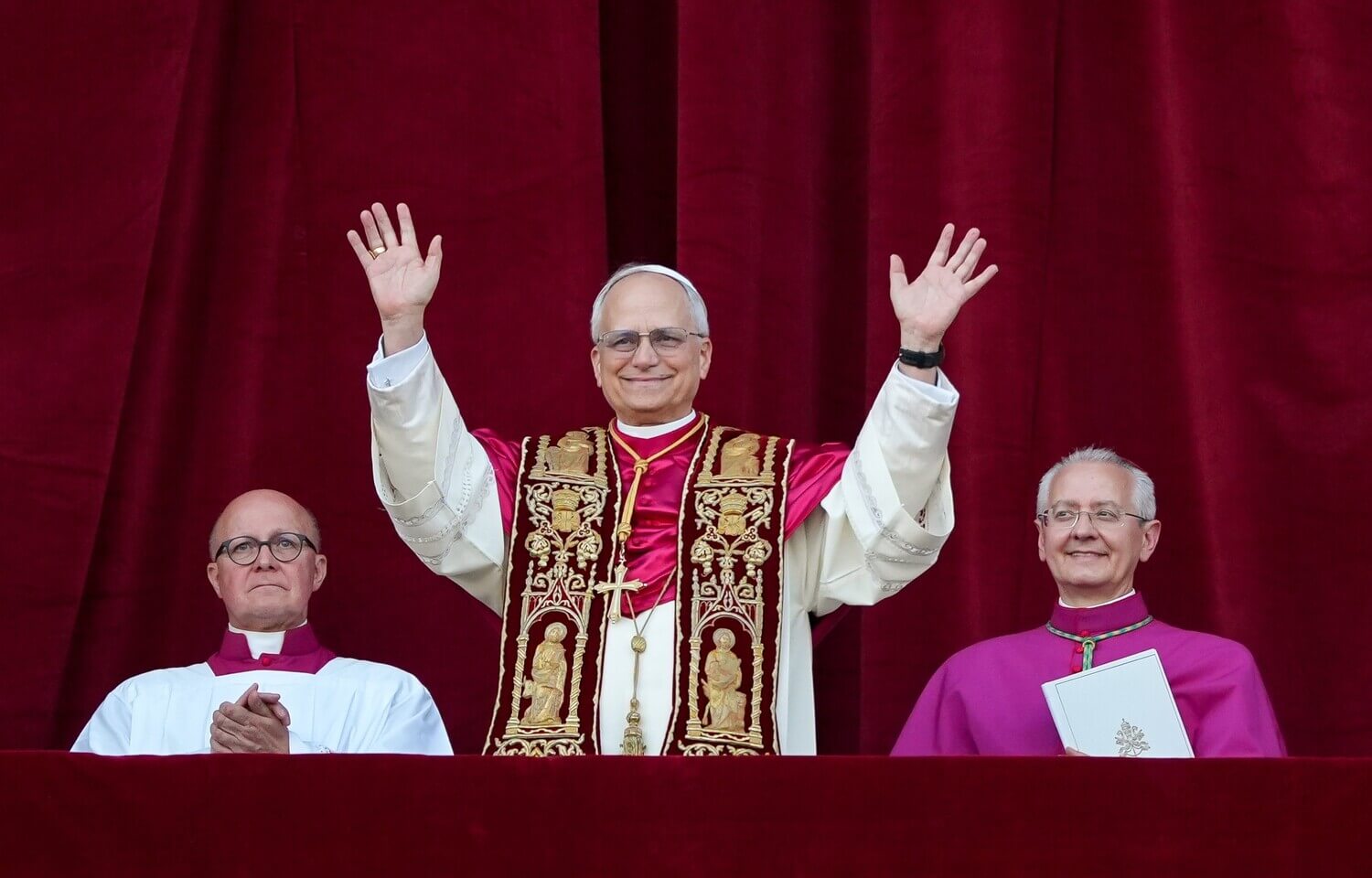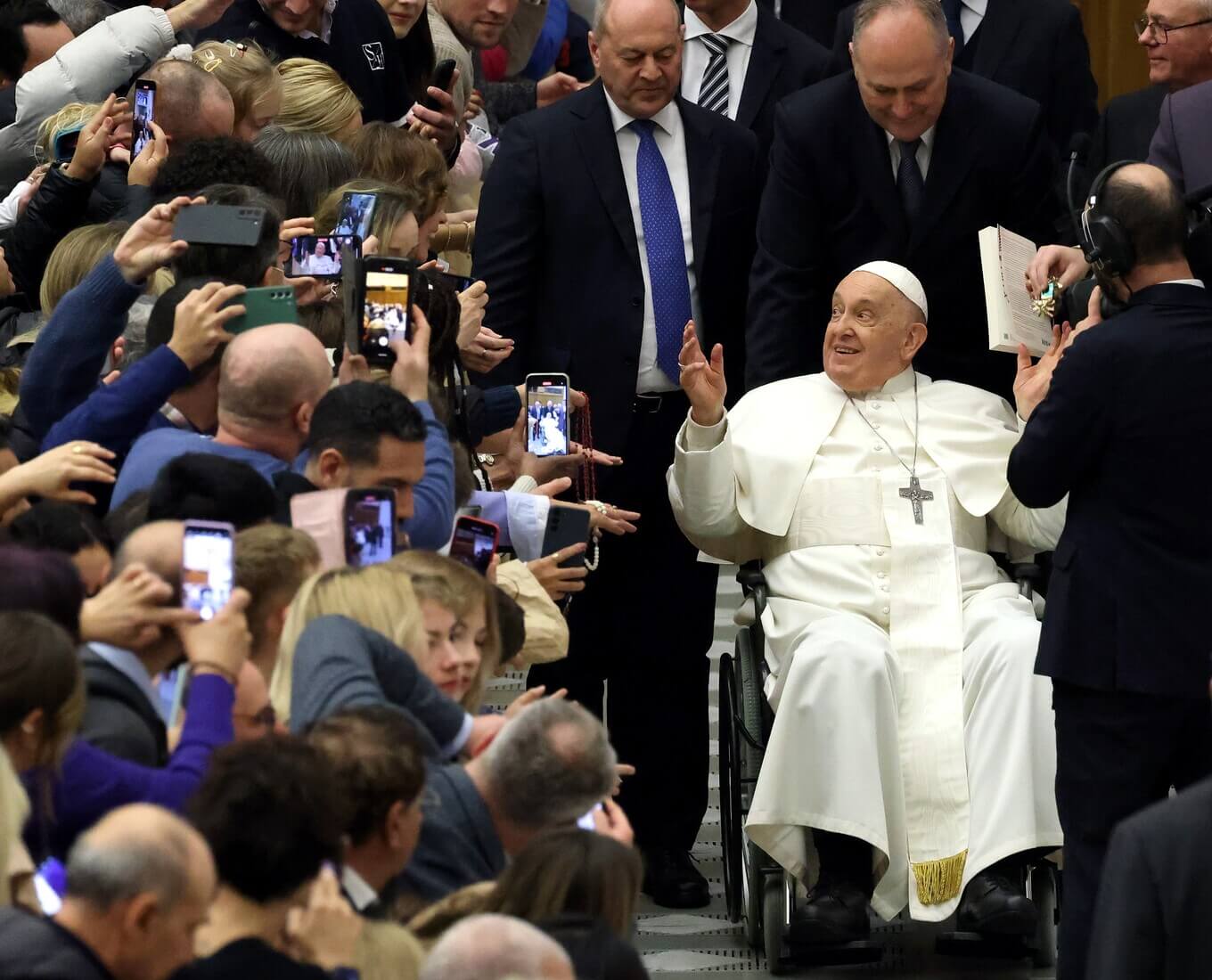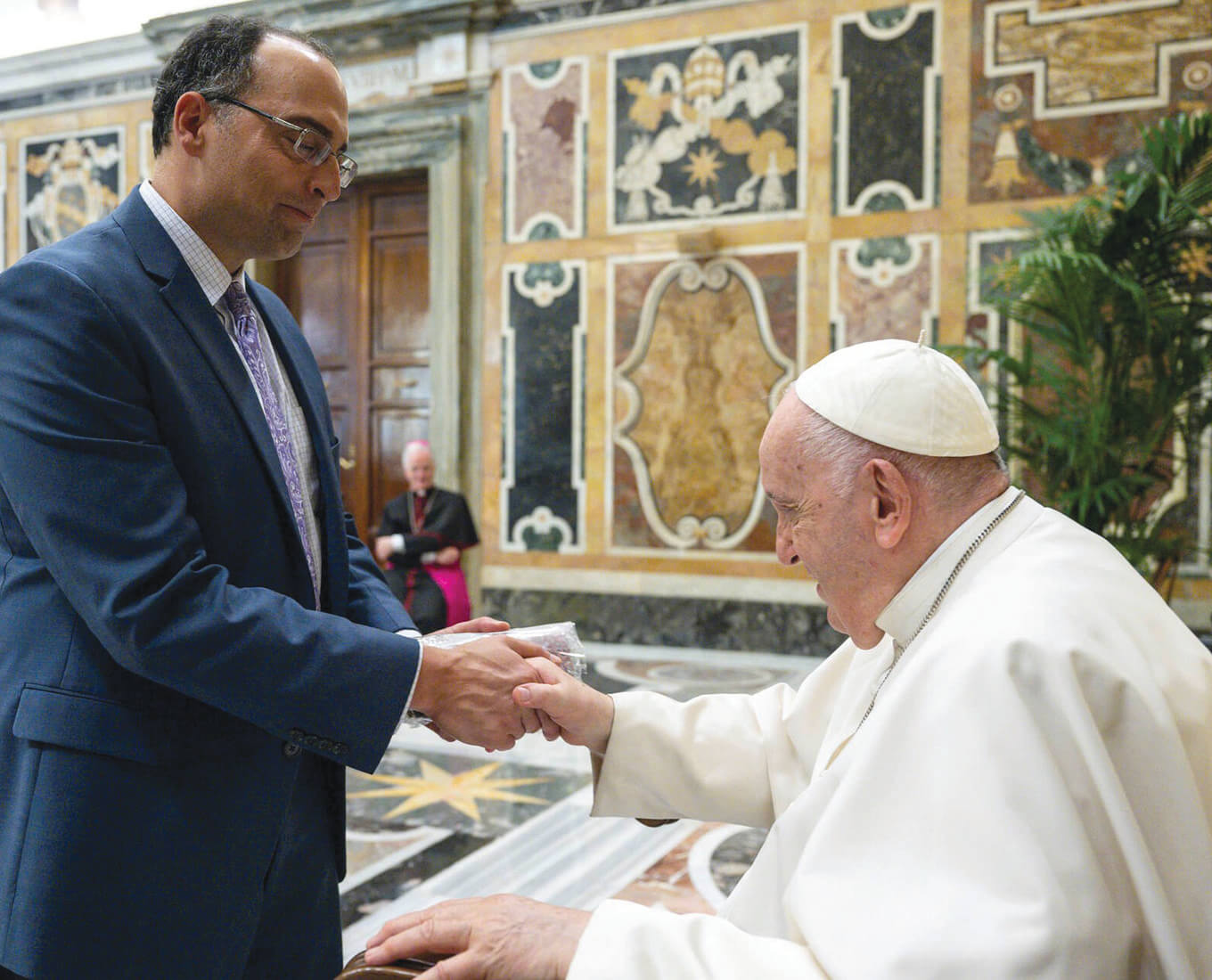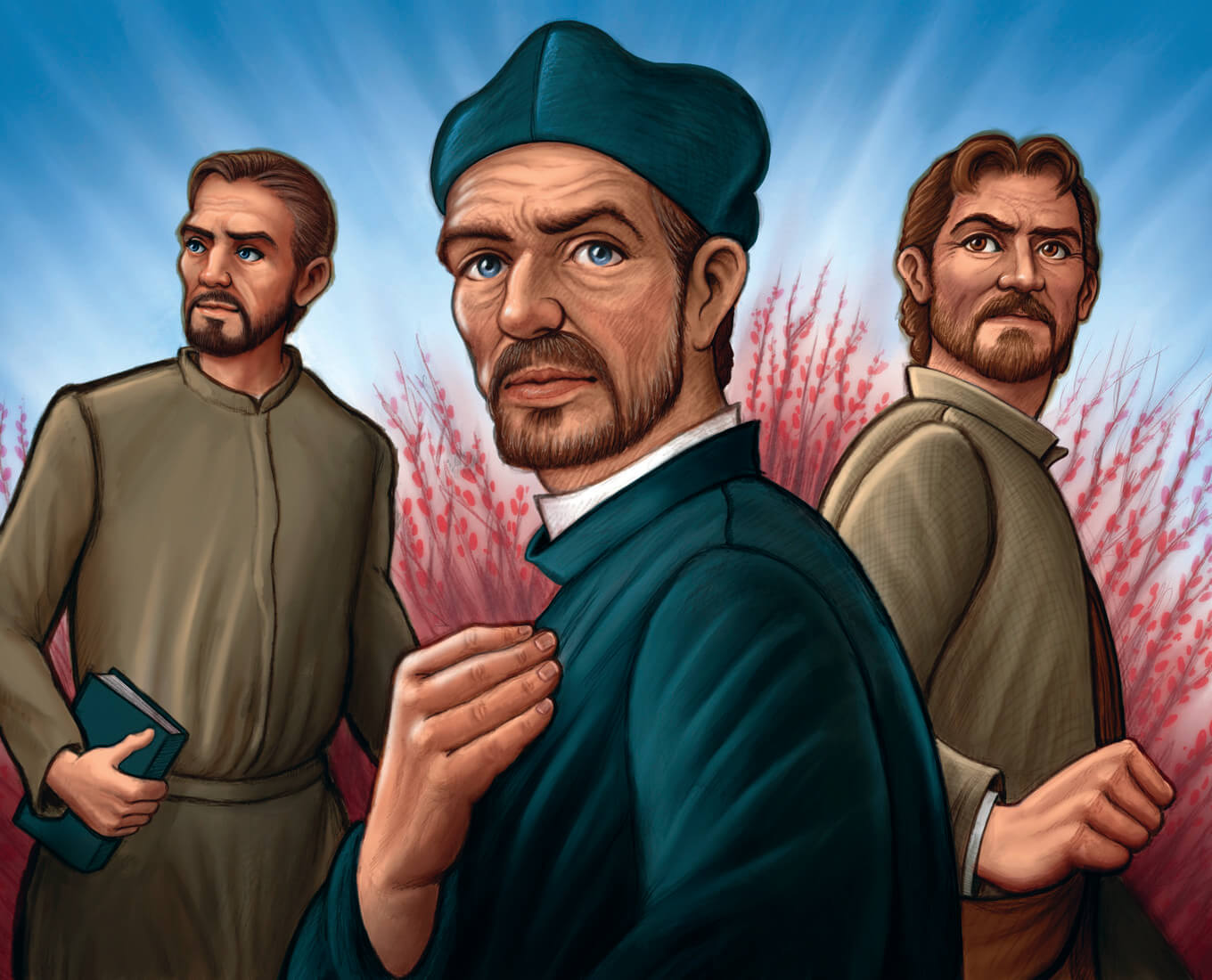When 69-year-old Cardinal Robert Francis Prevost appeared on the main balcony of St. Peter’s Basilica for the first time as Pope Leo XIV on May 8, 2025, he was cheered loudly by the huge crowd of pilgrims, tourists, local Catholics and other onlookers who had waited hours for the first sign of white smoke and the official announcement.
As a specialist in Catholic history and ritual, I know how important this moment was for Catholics and others all over the world. A new pope brings with him a sense of excitement often mixed with uncertainty.
But the choice of the College of Cardinals came as a surprise to some. Prevost is the first pope from the United States, and, traditionally, the European-dominated College of Cardinals has had reservations about choosing a cardinal from the U.S. for fear of too much American influence in the church.
So, who is Prevost, and what might have influenced the cardinals’ vote?
Early experiences
Born in Chicago, Prevost joined a Catholic religious order at the age of 20: the Order of St. Augustine, called Augustinians, founded in the 13th century. Instead of withdrawing from the world in isolated monasteries, members of this order travel as mendicants to aid the poor, as well as serve as missionaries and teachers.
Prevost studied theology in the U.S. and Rome, and as a newly ordained priest he spent a year in Peru. After a short return to the U.S. as an official of the Augustinian order in Illinois, he returned to Peru as a seminary professor to teach canon law, the legal structure of the Catholic Church. He would stay in Peru for the next 10 years.
In 1999, he became the prior – that is, the head – of the local Augustinian province in Chicago and was later elected prior of the worldwide Augustinian order. This gave him a truly global experience, since the Augustinians had some 50 communities spread across every continent.
In 2015, Pope Francis appointed him bishop for the Diocese of Chiclayo in Peru. In 2019, Francis appointed him a member of several important Vatican dicasteries, or departments, where he became very familiar with the central church administration. Most importantly, he served as prefect, or chairman, on the Dicastery for Bishops.
Global church
During the 20th century, especially after the Second Vatican Council – a series of meetings of the world’s bishops to modernize the church, ending in 1965 – the popes began to name cardinals from other parts of the world that were previously considered to be on the periphery of the Catholic Church.
And this led to popes being chosen from outside of Italy for the first time in centuries. Pope St. John Paul II was Polish and the first non-Italian pope since the 16th century. Pope Benedict XVI was another non-Italian, born in Germany, who had served as a Vatican official. Pope Francis was born in South America to parents who were Italian-born immigrants to Argentina.



